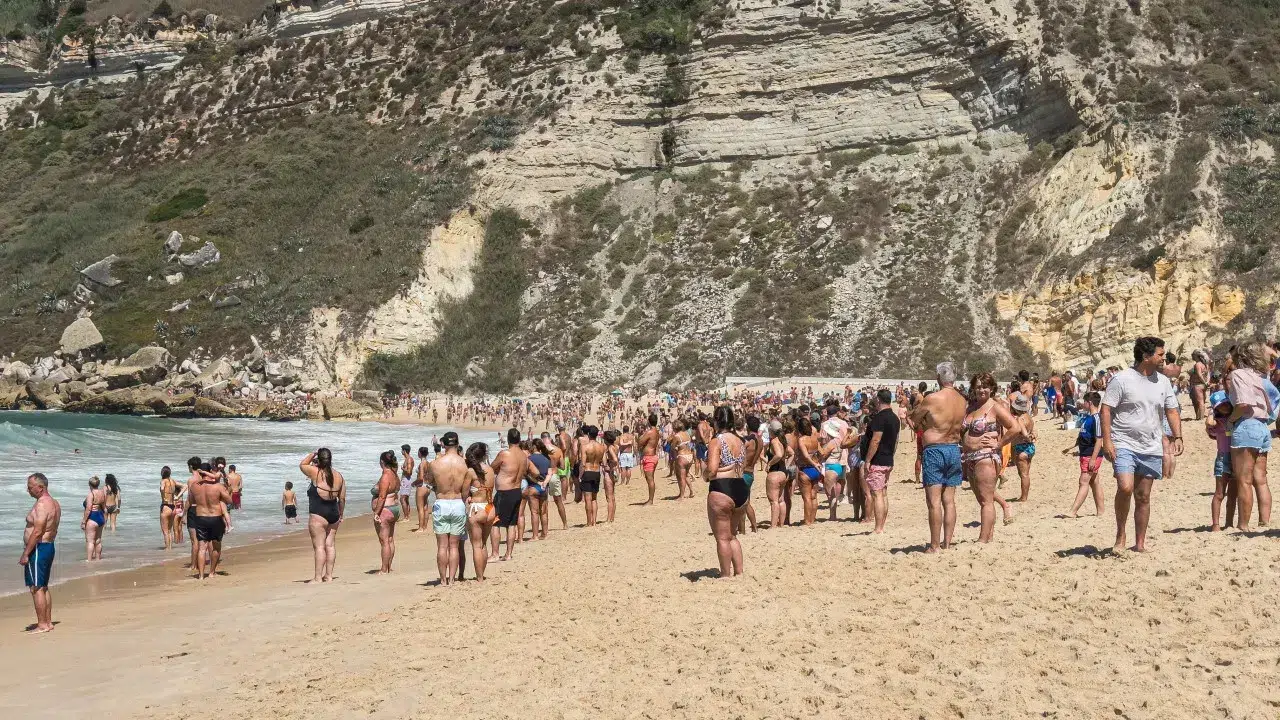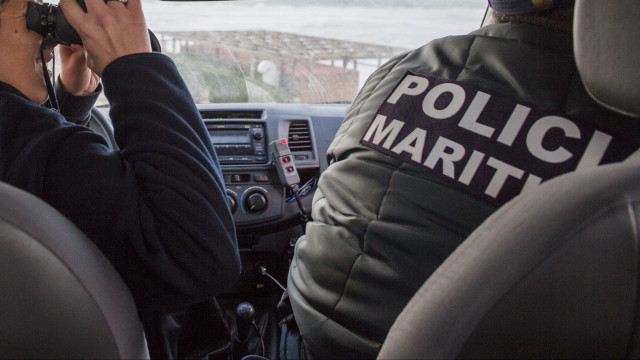
Following the results of water quality tests at Nazaré beach performed by the Instituto Nacional de Saúde Doutor Ricardo Jorge (INSA), based on samples taken on August 13 by technicians from the public health services of the Unidade Local de Saúde de Leiria, the ban on bathing has been lifted “with immediate effect,” according to a statement from the Nazaré City Council, citing information from the Regional Health Delegation of the Centro Health Directorate-General (DGS).
In a statement sent to Lusa news agency, the municipality added that “in light of this decision, the previously posted prohibition notices will be removed.”
On Tuesday, the northern area of Nazaré beach, in the district of Leiria, was closed to bathing due to a blockage in the sanitation pipe near Praça Manuel Arriaga, which caused an effluent spillage for about an hour and a half.
In the information sent to the president of the Nazaré City Council, Manuel Sequeira, public health services emphasized that “the municipality’s competent teams will reinforce network monitoring to prevent or promptly detect any situations that could lead to further contamination,” the statement reads.
In the same text, the Unidade Local de Saúde (ULS) de Leiria clarified that it will continue to ensure regular surveillance of bathing water quality.
This was the second bathing ban at the beach since the start of the month, after bathing had been prohibited on August 1 due to a discharge into storm sewers.
Following the incident, 116 people were treated at the Unidade Local de Saúde (ULS) da Região de Leiria for symptoms related to the water contamination.
On Wednesday, the ULS da Região de Leiria communicated that this second bathing ban “did not result in an increase in emergency department visits with gastrointestinal symptoms, thanks to preventive actions that immediately advised against water contact.”
The Nazaré City Council also indicated on Wednesday that it does not rule out the possibility of “sabotage” in the sanitation pipeline and acknowledged the urgent need for investment in replacing the approximately 60-year-old system.




